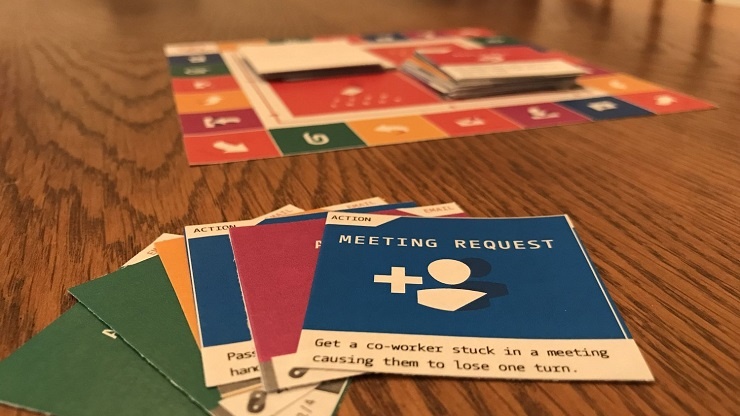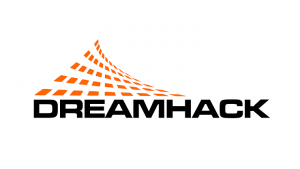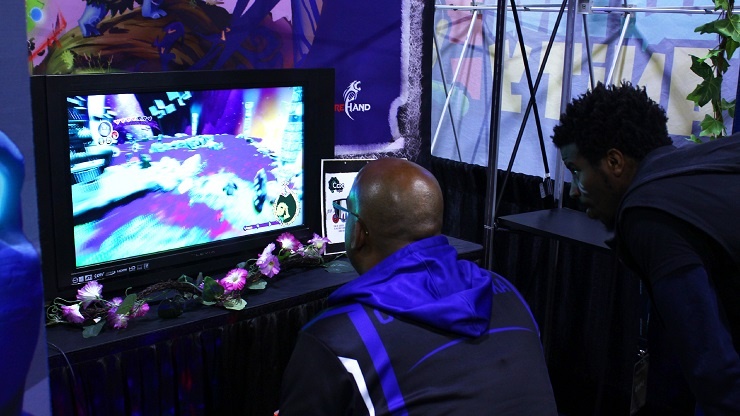With several conventions under their belts, we asked out handful of developers about how their planning process goes now, and what tips they have for other developers.
You can also read Part 1 and Part 2 of the Making the Most of My Convention Experience series.
After having shown their games at several shows, many of these developers have honed their planning skills, can mentally prepare, and know exactly what they should be concerned about in advance. At this point, it’s much more about sticking to their checklists and keeping an eye on their budgets.
“First thing I do is make a checklist. I think of everything I will need for that convention and put it on the list. I go through it when I’m packing, and I do a last minute check right before I leave,” says Schumann.
“First thing’s first: we think about what is needed to play the game and how it will display,” says Jack. “From there (depending on travel: plane or driving) we decide what booth equipment to bring and set up for our booth appearance. Lastly, we look into giveaways (buttons, postcards, contest items) and how much they will cost.”

“Planning your second booth is a lot easier than the first! First thing we consider is whether our booth is a corner or somewhere in the middle. It’s good to think about traffic flows and make sure your signage is visible from all traffic directions. From there, we just start ordering equipment like TVs and stands, maybe a few extra chairs. We usually order directly from the venue just to save headache. There are some nice apps online that help you plan your booth space. After that, it’s time to order a bunch of banners, signs, cards, and buttons at a place like Vistaprint,” says Johnson.
If you’re ordering things, you’ll want them ordered nice and early so you aren’t feeling crushed by anxiety as you wait for your stuff to arrive. “Weeks before the convention I make sure whatever swag (bookmarks, buttons, business cards, steam codes, banners) is all printed and shipped to me. If you are selling stuff, you want to make sure you get it in time,” says Schumann.
How to reach a convention and how your equipment will reach that same convention are both important concerns with varied answers. A booth contains a great many things that can be hard to lug on a plane, and keeping that in mind will help you a great deal as you plan your convention journey.
If you are taking things with you, it’s worth keeping in mind that you should put everything in one place for ease of packing. “Like most people with healthy amounts of anxiety, I go over everything in my head and make sure there’s nothing else to do (this is why a checklist is helpful, because it will make your life less stressful if it’s all written down).I do keep everything I need for my booth like banners, shirts, posters, all in one location so that when it’s time to pack up, it’s all in one spot and I’m not frantically looking for everything all over the apartment. And then I wait until the last possible moment to pack, because I’m an A+ procrastinator,” says Schumann.

While the physical elements of the booth are an important concern, planning to get the most value of out of your booth is something you absolutely cannot forgo. For Skandalakis, a great deal of planning goes into maximizing what they’ll be doing with their convention space and how they’ll draw eyes to their game. People are moving in a hurry at conventions, so grabbing their attention, and doing it fast, is key.
“You have a finite amount of space with your booth and you don’t want to have too many elements that are distracting. We wanted enough that would embody the brand image, as well as be funny and eye-catching to draw people into the booth, but not overwhelming. We thought if we were at a con, what would draw us in, so we settled on a couple of concepts,” says Skandalakis.
“1. A pop-up banner with a funny slogan, ‘A board game designed by committee to ensure mandatory corporate fun.’ People are either intrigued, think it’s hilarious, or are triggered by their workday. Many times, it gets people curious enough to start a conversation.”
“2. Small amounts of office décor, space permitting, to embody our brand image (since we are welcoming people to “corporate orientation” when teaching them about our corporate parody board game, Zer0 Inbox).”
“3. Obviously, our game to play, but also a copy of the game to stand upright to catch people’s attention – it is colorful, and as one of the few board games at some of these conventions, we are competing with a lot of video games for attention. Propping up a board with binder clips (again, an embodiment of our brand image) gives passersby something to see, rather than people huddled around an obscured board.”
“4. iPads – these are critical for getting people to sign up for our newsletter. Since we started going to conferences, we had not yet launched our game. We were going to get feedback and hone our messaging, but also build a community. In order to do that, we needed to gather the names and emails of those who were interested in hearing about the launch of the Kickstarter. This would ultimately make our Kickstarter even more successful further down the road.”
“5. Business cards – Press may want to reach out if they like your game! Make sure that you have cards that include your contact information.”

This can be a lot to keep track of while you’re trying to do the one thing you go to conventions for: creating your game. The more structured your plan going into the conference, the less struggle you’ll have balancing exhibiting with developing. “Making a conference checklist at the beginning of your planning process can help ensure that all future conferences go smoothly!” says Skandalakis.
Davionne’s convention experience has helped them get to a point where planning feels straightforward, but there are always a few things developers don’t plan for that you may need to keep in mind. “At this point, things are pretty streamlined. For the next showing (DreamHack Atlanta), most of my planning involved researching travel, accommodations, and just general details about the event. As for the game itself, I used the same demo at GDEX with a couple of tweaks, so it was much less stressful than before. Definitely do your research about the event and the surrounding area as much as you can, even smaller details like parking, traffic, weather, etc.”
But besides smaller worries about what to wear for the weather, thinking about what you want to do at the convention is very important. Though getting people to play your game may be a major goal, the booth itself is just one aspect of the show. Conventions, by nature, are hubs for networking.
“I’ll also decide what my goals are for the event, and plan accordingly around that. Are you just trying to do some playtests and receive feedback? (GDEX) Trying to get more followers and press coverage? (DreamHack) Networking with other devs, press, and building relationships within the industry? (GDC) Most of my decisions will end up revolving around that, but I do try to keep all of the above and beyond in mind too.”
There are many aspects to consider when designing and planning a booth, but all weigh with equal importance from drawing in your audience to making sure they enjoy their time with you to preserving your own health as you go through the exhausting work of showing at a convention.

We’ll see you tomorrow for the final part: Advice for First-Timers!
 Dive headfirst into the exhibiting experience by joining the Indie Playground at DreamHack Dallas this June. Selected games will receive a free booth in the Expo at a festival that encompasses everything gamer life from esports, to indie games, to midnight horror films.
Dive headfirst into the exhibiting experience by joining the Indie Playground at DreamHack Dallas this June. Selected games will receive a free booth in the Expo at a festival that encompasses everything gamer life from esports, to indie games, to midnight horror films.

